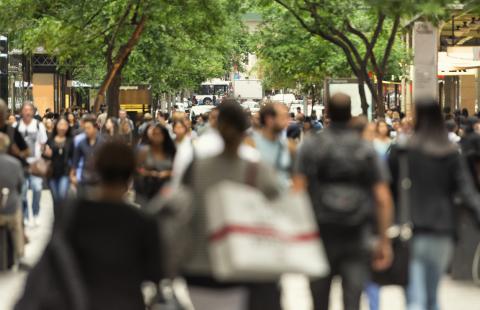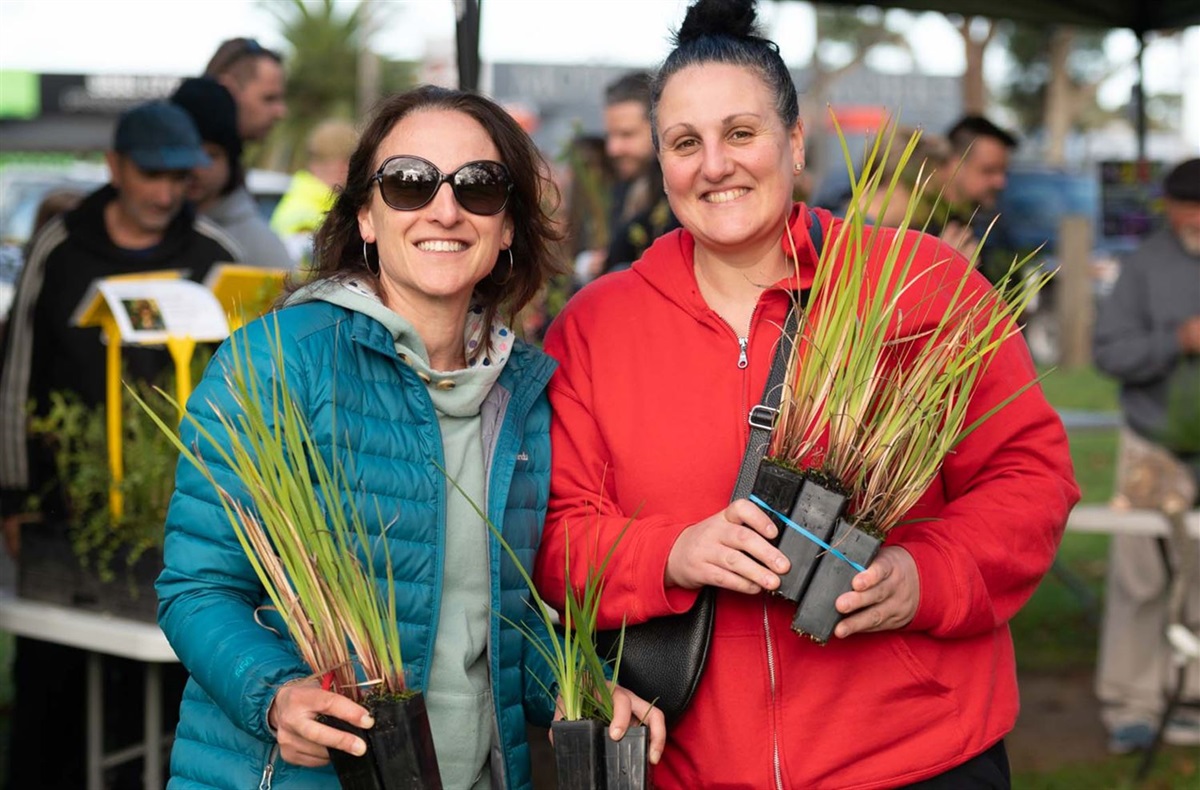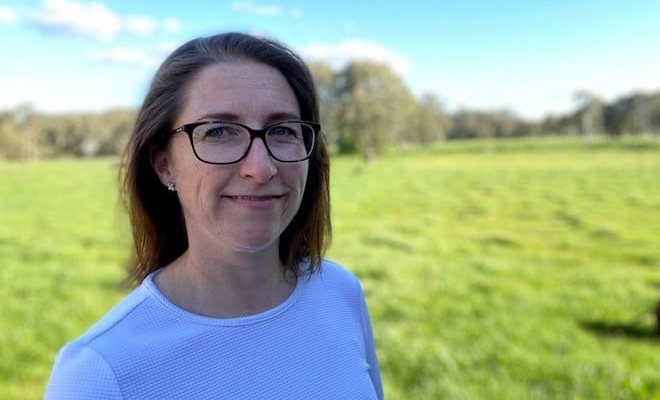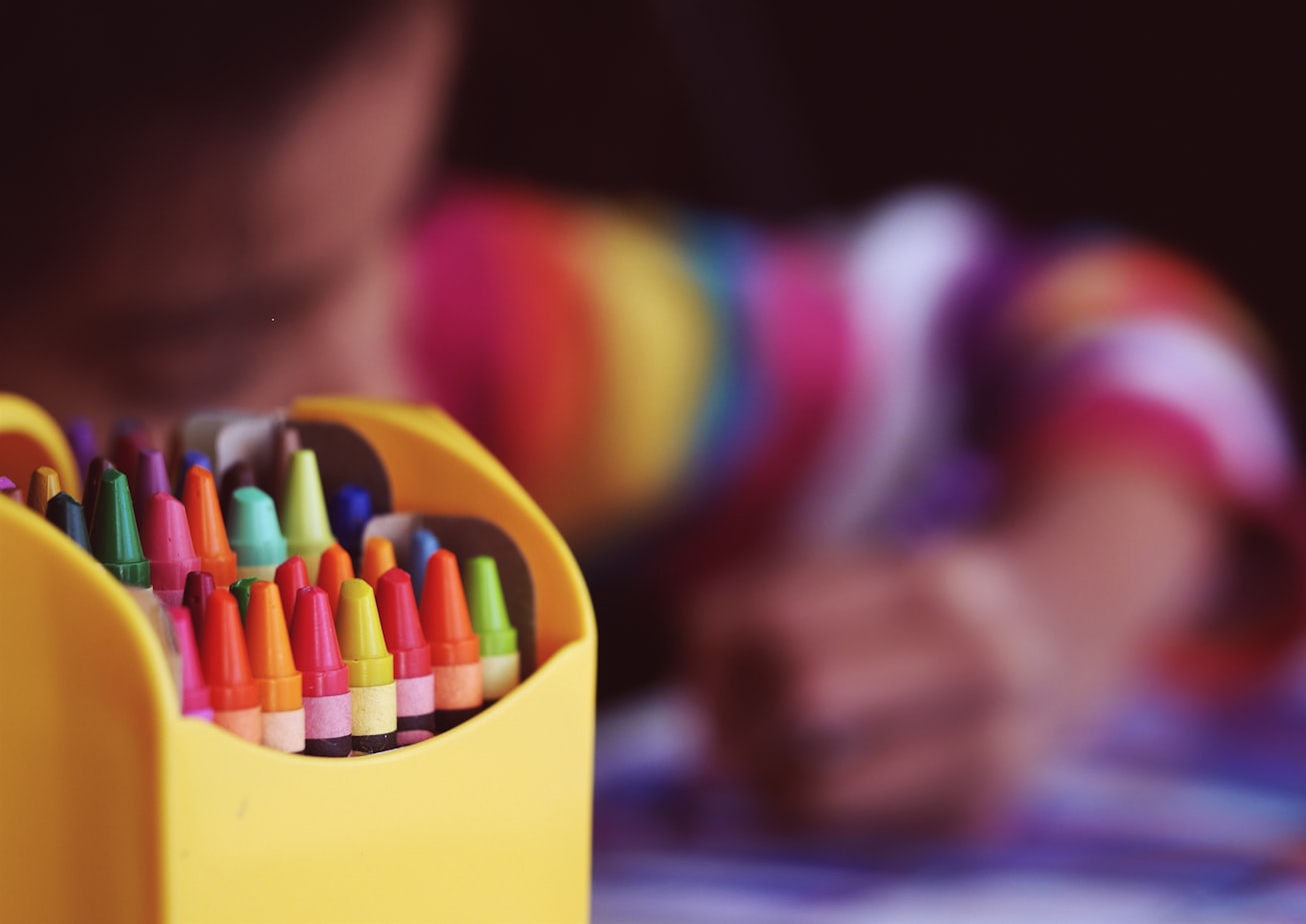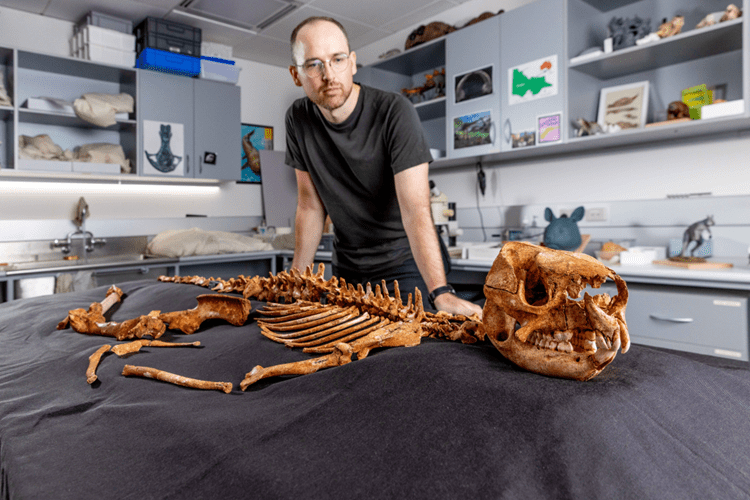Minister for Indigenous Australians
HOST, TIM WONG-SEE: The Federal Minister for Indigenous Australians, Linda Burney is traveling around WA in the lead up to the referendum on an Aboriginal and Torres Strait Islander Voice to Parliament. Now lots has been said about it. You might be seeing more ads from the Yes and No side in the paper, on TV, on social media, here on the radio. But has it helped you make up your mind on how you’ll vote? Maybe you already know which box you’re going to tick come the end of the year? Well, hopefully we can try and answer some of your questions this morning. Now put simply the Voice would be an independent and permanent advisory body, it would give advice to the Australian Parliament and Government on matters that affect the lives of Aboriginal and Torres Strait Islander people. But Linda Burney is in Albany today and is here now. Minister, good morning and welcome.
LINDA BURNEY, MINISTER FOR INDIGENOUS AUSTRALIANS: Good morning, Tim. How are you?
TIM WONG-SEE: Yes, well, thanks. So you met with some Aboriginal leaders yesterday. You’ll continue to do that today. What has immediately struck you as some of the priority areas that you as Minister would like to see addressed with Aboriginal Affairs, and the Voice could help with in the future, if it gets up?
LINDA BURNEY: Well, I’ve had a terrific 24 hours in Albany. I’m spending today here. There was a community meeting last night of Aboriginal and non-Aboriginal people and a wonderful experience. The beauty of this part of the world, I hadn’t appreciated I haven’t been here before, it’s just absolutely stunning. And the Voice is about two things. It’s about improving the lives of First Nations people, practical outcomes in education, health, housing, and employment, and so forth. But it’s also about making sure that the Australian Constitution recognises the amazing story of this country, of 65,000 years, in the Constitution. So it’s about recognition and it’s about listening. The issues in Albany are issues that I hear in many other communities, but there was a particular emphasis here on the well-being of particularly young people, and also of making sure that people understand the extraordinary history of this part of the world.
TIM WONG-SEE: Okay, so let’s talk about how you get to some of those practical outcomes which you’ve heard of already. When it comes to local representation of the Voice, the co-design process talks about a local and regional Voice, possibly 35 of them around Australia. Can you explain how they will work?
LINDA BURNEY: Sure. So the referendum coming up in the last part of this year, is about a National Voice. A Voice that will be able to speak to the Executive Government, that is the Cabinet, senior bureaucrats, but also to the Parliament as well. That will be chosen in the way that communities want it to be chosen. Some may be elected, some may be from existing organisations. Those things haven’t been worked through yet.
TIM WONG-SEE: That would be put through legislation if the referendum gets approved, about who would vote those people then whether it be a public vote or from Aboriginal corporations?
LINDA BURNEY: That’s precisely what we are consulting on. And there will be a major consultation after the referendum on the way in which the Voice would be built, what its functions would be. But the most important thing is that we have agreed to a set of design principles, which I think you might have there in front of you – and that is there would be an independent advisory body and it’d be chosen from Aboriginal and Torres Strait Islander people, representing the whole country and in particular, regional and remote communities.
TIM WONG-SEE: Linda Burney is here, the Federal Indigenous Affairs Minister. So you talked about some of that detail being worked out if the referendum is successful. Well, we get a lot of questions here about this National Voice and it being quite big picture. We’re in regional part of Western Australia. So how can I possibly talk to this overarching, national body? How are you addressing those concerns from people who might want to vote No for that reason, because they don’t know who’s the first port of call to go to if I have concerns about health or education.
LINDA BURNEY: Giving practical examples, for example, I spoke last night – there may be an issue identified by the local community, say for example, school attendance. You will be able to speak to your representative on the Voice and that person would have a responsibility of getting that as a priority of the Voice and therefore in front of government. But the thing that we do know, Tim, is that if you listen to local communities, you listen to local people. There is the answer. Answers are not necessarily in Canberra. They are out in the community. And that’s the value of having a representative body to be able to take those local community views through.
TIM WONG-SEE: You talked about four priority areas you want the Voice to focus on; health, education, housing and jobs. But as the Voice advises on those areas, and others, you could get advice on a whole range of issues. I know there’s been debate about Australia Day and nuclear subs and I’m talking about areas outside those four areas. How are you going to manage the volume of advice that the Voice could provide and which ones you do focus on which ones you don’t?
LINDA BURNEY: Well, through a respectful relationship.
TIM WONG-SEE: Would you, as Minister, have the overall say as to which areas?
LINDA BURNEY: No, it is up to the Voice to determine absolutely what it brings forward. But I’ve been involved in Aboriginal Affairs for 44 years and the issues, the big picture issues are things like housing, health, education, employment, youth, incarceration, those are the issues that I know that the Voice will focus on. The No campaign are throwing up things like parking tickets and national holidays and that is not what the Voice will be focused on. The Voice will be focused on the issues that affect First Nations people. And you only have to look at the Closing the Gap report from Productivity Commission, where we saw only four of the 19 Closing the Gap targets are on track, and in fact some are getting worse, including the issue of issues of child removal, and incarceration. Now, that’s where the focus would be. I mean, be logical, obviously, the Voice would be absolutely reflecting what’s going on in local communities.
TIM WONG-SEE: Okay. You talked about the fact you’ve been involved in Aboriginal Affairs now for 44 years. I think you were 10 when the 1967 referendum got up. So you’ve seen a lot in your time. Out of the campaigns and projects that you’ve worked on and talked about a lot, how big is this referendum for you, out of all of your work, this vote we will have later in the year?
LINDA BURNEY: This referendum is the biggest and Western Australia is such an important State in the referendum’s success. For a referendum, and I’m looking at you and you’re far too young to have ever voted in a referendum. The last referendum was in 1999 and it was about a republic. So there is a real, really important message with this one. Western Australia is absolutely crucial to achieving the double majority that a referendum has to achieve. But the other thing is that this is our one shot in the locker. The last referendum was in 1999 it was about a republic. We’ve not seen that come back. So this will not pop its head up again in two years’ time. People need to understand that the time is now. And this is about listening. And it’s about recognition.
TIM WONG-SEE: Appreciate you coming in Minister, enjoy this rare day of Albany sunshine.
LINDA BURNEY: Thank you.



